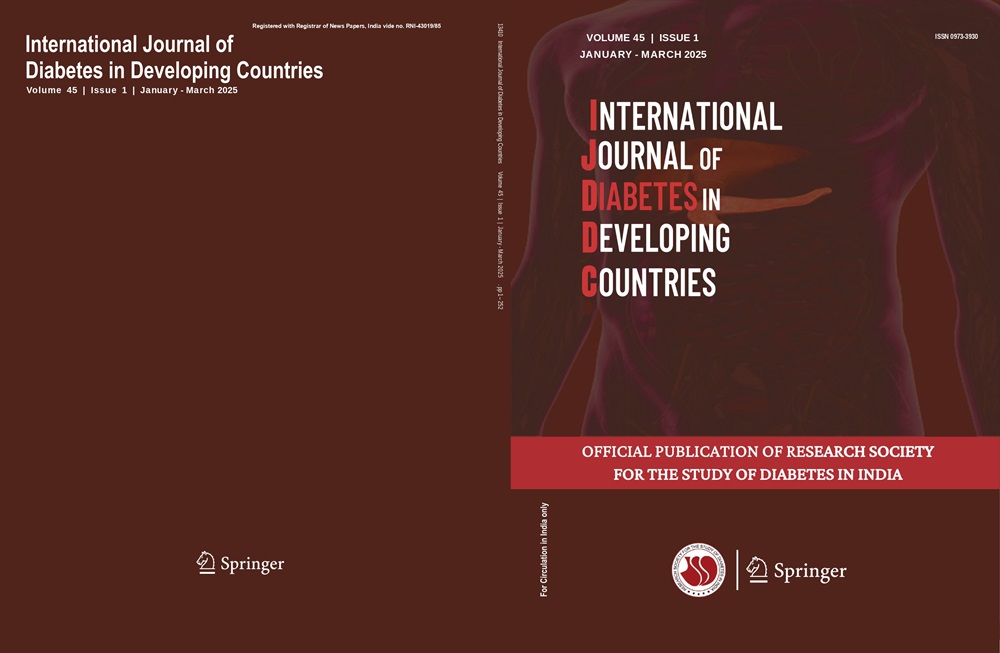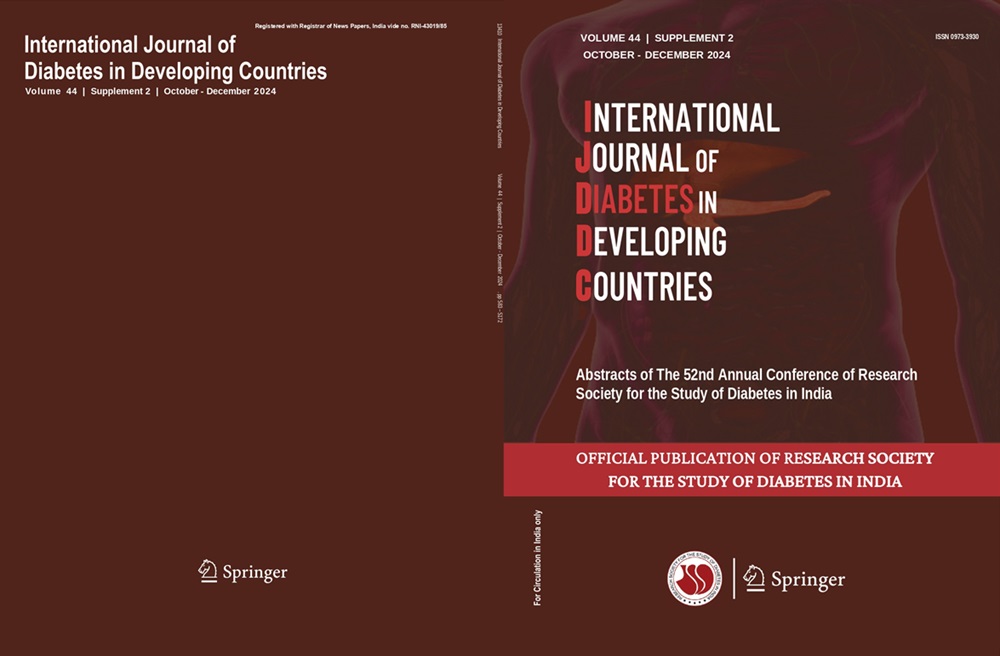Şekure Demet Küçük, Emre Gezer, Mehmet Çalan 3, Arif Yüksel
Keywords
Carotid intima-media thickness • Metabolic parameters • Type 2 diabetes mellitus • Vanin
Abstract
Purpose Several molecules that may be effective in treatment of diabetes and have preventive properties against development of potential complications have been discovered. In our study, we evaluated the molecule Vanin 1, which has been shown to be potentially effective in treatment of diabetes and prevention of complications in preclinical studies, and its relationship with metabolic parameters.
Methods Forty-one patients with newly diagnosed type 2 diabetes and 41 normoglycemic controls that admitted to Internal Medicine and Endocrinology Outpatient Clinics at our hospital and met the study protocol were included.
Results Serum Vanin1 level was found to be statistically significantly higher in patients with newly diagnosed diabetes [Type 2 DM = 2.30 ng/ml (1.37–8.78), control = 2.00 ng/ml (0.70–6.60), p = 0.030]. In addition, a positive correlation was determined between serum Vanin 1 level and Homeostatic Model Assessment for Insulin Resistance (HOMA-IR), waist circumference, body mass index (BMI), carotid intima-media thickness (CIMT), serum fasting insulin level, and fasting
blood glucose.
Conclusion Our study showed that serum Vanin 1 level was higher in newly diagnosed diabetic patients compared to control group. Furthermore, serum Vanin 1 level exhibited a positive correlation with CIMT, waist circumference, BMI, HOMA-IR, and insulin resistance. These results suggest that Vanin 1, which is thought to have a potential role particularly in diabetes, as well as in CVD and metabolic syndrome, may be used as a potential therapeutic target and risk factor indicator in these diseases.




